Troubleshooting Common Issues with Stainless Steel Litter Boxes
by Team PULLNSCOOP on May 09, 2024
Introduction
Stainless steel litter boxes offer numerous benefits for cat owners, including durability and ease of cleaning. However, like any product, they can sometimes encounter issues that may perplex their users. Understanding the common problems associated with stainless steel litter boxes is essential for ensuring optimal usage and maintaining a hygienic environment for your pets. This guide aims to address these issues by providing practical solutions and tips to enhance the functionality of your stainless steel litter box. Whether you're a new cat owner or a seasoned pet care professional, this article will equip you with the knowledge to effectively troubleshoot and resolve common challenges.
Common Problems and Solutions
Stainless steel litter boxes are popular among cat owners for their sleek appearance and durable construction. While they offer significant long-term benefits, users sometimes face specific challenges. Here we explore the most common problems and provide easy solutions to keep your stainless steel litter box in top condition.
Odor Control: Even though stainless steel does not absorb odors like plastic, poor maintenance can lead to unpleasant smells. Regular cleaning is critical. Rinse your litter box at least once a week with hot water and a mild detergent, and dry it thoroughly to prevent water spots and maintain sanitation.
Stubborn Stains: Occasionally, you might notice stains from waste or litter additives. To tackle these, use a gentle scrubbing tool with a baking soda paste (a mix of baking soda and water) which is effective yet safe for stainless steel. Avoid using harsh scrubbers or chemicals that can scratch the surface.
Litter Sticking: Sometimes, cat litter can stick to the bottom of the box, making it hard to clean. To prevent this, ensure a sufficient layer of litter in the box, typically 2-3 inches deep. This not only prevents sticking but also makes your cat more comfortable. For added protection, you can lightly coat the bottom with non-stick cooking spray before adding litter.
Enhancing the Functionality of Your Stainless Steel Litter Box
Maximizing the functionality of your stainless steel litter box not only makes your job easier but also improves your cat’s litter box experience. Here are a few tips:
Choose the Right Litter: Some litters are better suited for stainless steel litter boxes. Clumping clay litter, for instance, is a great option because it's easy to scoop and doesn’t stick easily to stainless steel. Experiment with different types of litter to see what works best for your situation.
Proper Placement: Place your litter box in a quiet, low-traffic area where your cat feels safe. Ensure the area is well-ventilated to help disperse odors, but avoid placing the box near air fresheners or scented sprays that can deter your cat from using it.
Use Liners: If you're concerned about cleanliness, consider using disposable liners. They can make cleaning up faster and more hygienic, although some cats might not like the feel of liners and may try to remove them. It’s all about finding what works for your particular pet.
Tips for First-Time Users
If you're a new cat owner or have recently switched to a stainless steel litter box, navigating the initial phase can be daunting. Here are essential tips to ease the transition:
Gradual Introduction: Switching litter box types can be stressful for some cats. Introduce the stainless steel box gradually by placing it next to the old one. Start by adding a small amount of used litter from the old box to the new one to make it familiar.
Observation Is Key: Watch how your cat interacts with the new setup. Some cats may be hesitant at first but usually adapt with time. Ensure you praise and treat your cat when they use the stainless steel box to create positive associations.
Regular Maintenance: As a new user, establishing a cleaning routine from the start is vital. This ensures hygiene and helps prevent issues related to odor or cleanliness which could deter your cat from using the box.
By understanding common issues, enhancing functionality, and providing useful tips for new users, you can ensure a seamless and beneficial experience with your stainless steel litter box, keeping your home clean and your cat happy.
Effective Odor Control Strategies
Consistent care is essential for managing odors in a stainless steel litter box. Implementing a routine cleaning schedule with hot water and a mild detergent weekly not only preserves the box's aesthetics and durability but also combats odor build-up effectively. Ensuring the litter box is thoroughly dried after cleaning will help prevent any water spots and maintain a hygienic environment for your cat.
Dealing with Stubborn Stains and Litter Sticking
For those times when stains appear, using a soft scrubbing tool combined with a paste made from baking soda and water is your best option. This method is safe for the stainless steel surface and powerful enough to remove tough stains without the risk of scratches from harsher scrubbers.
Additionally, to prevent litter from sticking to the bottom, maintaining a sufficient litter depth of about 2-3 inches is crucial. This not only aids in easy cleanup but also enhances your cat's comfort. Applying a light coat of non-stick cooking spray prior to adding litter can act as an extra precaution against sticking, ensuring an even cleaner litter box after use.
Optimizing Litter Choices and Box Placement
Choosing the appropriate litter such as clumping clay can significantly improve both the cleaning process and your cat's litter experience due to its easy-to-scoop nature. Experimentation with different litter types may be necessary to determine the best fit for your specific conditions.
Proper box placement also plays a critical role in functionality. Positioning the litter box in a secluded, yet accessible area of your home, away from strong odors and excessive noise, helps make your cat feel secure. This encourages regular use and supports optimal odor control. Consider the use of liners as an option for those prioritizing utmost cleanliness, although individual cat preferences can vary regarding the texture of liners.
Guidance for New Cat Owners
Transitioning to a stainless steel litter box can require an adjustment period for both you and your cat. A gradual introduction by placing the new box beside the existing one can ease this transition. Combining the old litter with the new setup helps your cat acclimate to the change more comfortably.
Observation during this period is crucial. Noting your cat’s comfort levels and reacting positively with praises or treats when they use the new box helps reinforce good habits. Establishing a regular cleaning routine from the beginning sets the foundation for ongoing maintenance, ensuring a positive, hygienic introduction to using a stainless steel litter box.
Implementing these strategies can greatly enhance the usability of stainless steel litter boxes, making them a functional and hygienic choice for cat owners looking to improve their pet care practices.
FAQs about Stainless Steel Litter Boxes
How often should I clean my stainless steel litter box to control odor?
To effectively manage odors, clean your stainless steel litter box weekly. Use hot water and a mild detergent, and make sure to dry it thoroughly afterward to prevent water spots and odors from lingering.
What should I do if I notice stubborn stains in the litter box?
If tough stains appear, create a paste with baking soda and water and gently scrub the affected areas with a soft brush. This method ensures you do not scratch the stainless steel surface while removing stains efficiently.
How can I prevent cat litter from sticking to the stainless steel litter box?
To avoid litter sticking, maintain a litter depth of 2-3 inches. This depth not only facilitates easier cleaning but also enhances your cat's comfort. Optionally, you can apply a non-stick cooking spray on the box's bottom before adding the litter to prevent sticking further.
Which type of cat litter works best with stainless steel litter boxes?
Clumping clay litter is particularly effective with stainless steel boxes due to its ease of scooping and minimal sticking properties. However, feel free to experiment with various types of litter to find the best option that suits your needs and your cat's preferences.
Do stainless steel litter boxes need specific placements within my home?
Yes, the placement is crucial for optimal use. Ensure your stainless steel litter box is in a quiet, low-traffic area where your cat feels safe. This placement helps make your cat more comfortable and encourages regular use, which is essential for maintaining cleanliness and odor control. Avoid areas close to strong odors or where there is a lot of activity and noise.
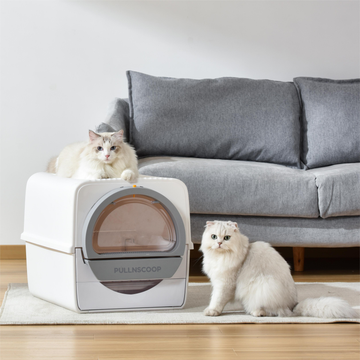


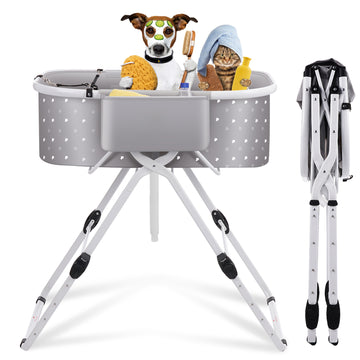
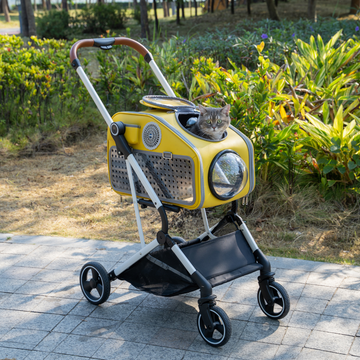

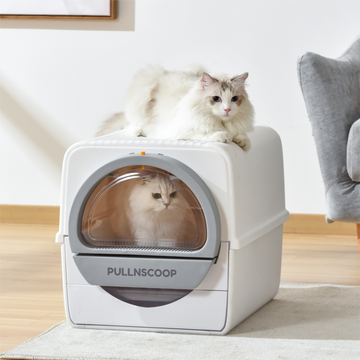


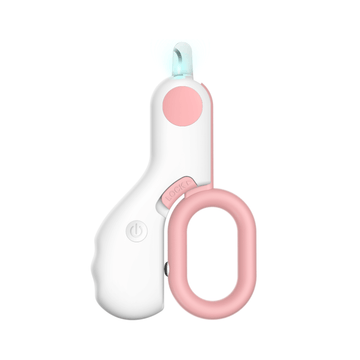

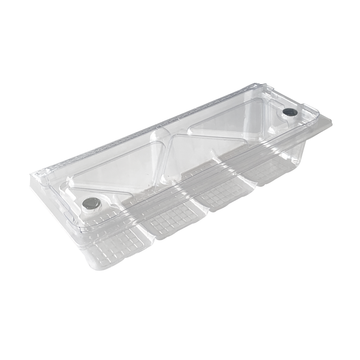
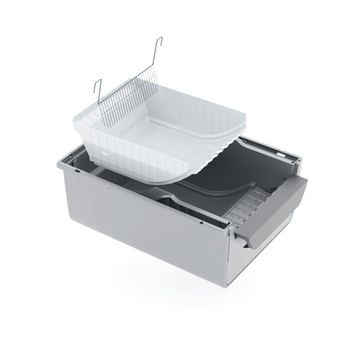
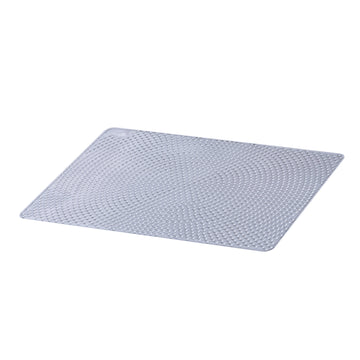
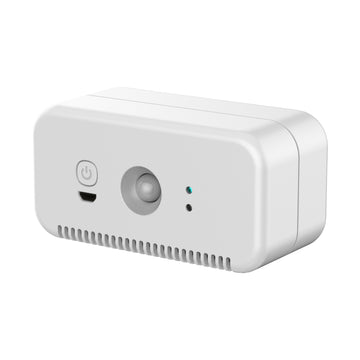

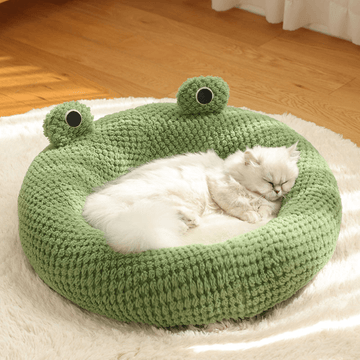


DIY Stainless Steel Litter Box Solutions
The Impact of Stainless Steel Litter Boxes on Cat Health
How to Clean Your Stainless Steel Litter Box
Stainless Steel Litter Boxes: User Reviews